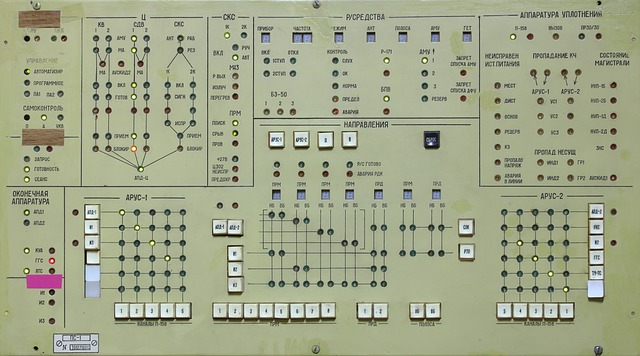Raccoon infestations in Lakewood attics pose significant risks, including structural damage and fire hazards. Early signs include nocturnal noise, holes, scattered debris, chewed materials, oil stains, and unpleasant odors. To prevent intrusion, homeowners should install robust bird deterrent systems combining visual deterrents, ultrasonic sounds, and scent repellents, adhering to local wildlife regulations for ethical animal management. Regular maintenance ensures these measures remain effective against persistent raccoons, protecting both property and animals.
“Are you concerned about a potential raccoon infestation in your Lakewood home, especially within the attic? This comprehensive guide addresses the growing issue of wildlife control, focusing on bird deterrent systems for raccoons. Learn to recognize the signs of an attic infestation and understand the impact these animals can have on your property. We offer effective solutions and practical tips for implementing and maintaining deterrents, empowering homeowners in Lakewood to take control.”
- Understanding Raccoon Infestations and Their Impact on Attics
- Effective Wildlife Control: Bird Deterrent Systems for Raccoons
- Implementing and Maintaining Deterrents: A Guide for Homeowners in Lakewood
Understanding Raccoon Infestations and Their Impact on Attics

Raccoons are elusive creatures known for their adaptability and dexterity, making them particularly challenging to detect until significant damage has been done. In Lakewood, signs of a raccoon infestation in your attic can manifest through various indicators. One of the most noticeable is persistent noise coming from the attic space during nocturnal hours, as raccoons are primarily active after dusk. Scrutinize any holes or openings in your roof or walls, as these entry points could be used by raccoons to access and make their attics a cozy home. Look for signs of scavenging, such as scattered debris, chewed materials, or even evidence of food consumption. Raccoons are opportunistic feeders, so items left unattended on rooftops or in attics may attract them.
Moreover, the presence of oil or grease stains around entry points and visible rub marks from raccoon paws on walls or ceilings can indicate their persistent efforts to gain access. If you notice any strong, unpleasant odors, it could be a sign that raccoons have been occupying your attic, as they often leave behind waste material. It’s crucial to identify these signs early as raccoon infestations can cause extensive damage, including structural deterioration, electrical hazards, and the potential for fire risks due to their habit of chewing through insulation and wires.
Effective Wildlife Control: Bird Deterrent Systems for Raccoons

Raccoon infestations can be a significant problem for homeowners, often indicated by signs such as droppings, scratches on surfaces, and strange smells. If you suspect a raccoon has taken up residence in your Lakewood attic, it’s crucial to address the issue promptly. Effective wildlife control begins with installing robust bird deterrent systems specifically designed to keep raccoons at bay. These systems leverage various methods, from visual deterrents like motion-activated lights and reflective objects to more subtle approaches like ultrasonic sounds and scent repellents.
By employing these integrated solutions, homeowners can create an environment that discourages raccoons from entering attics or other living spaces. Regular maintenance and inspection are key to long-term success; ensuring the system remains functional and addressing any new signs of infestation quickly. This proactive approach not only protects your home but also ensures the safety and well-being of these wild animals, avoiding unnecessary conflict.
Implementing and Maintaining Deterrents: A Guide for Homeowners in Lakewood

Implementing and maintaining bird deterrents is crucial for homeowners in Lakewood who want to protect their properties from unwanted visitors, such as raccoons. The first step is identifying signs of a raccoon infestation in your attic. Look for suspicious noises coming from above, especially at night, as well as any visible entries or damage to your roof or walls. If you notice these signs, it’s essential to act quickly; raccoons can cause significant structural damage and pose health risks due to their ability to carry diseases.
Once identified, deterrents should be installed by professionals who understand local wildlife regulations. Common methods include using motion-activated lights, noise makers, or scent repellents strategically placed around the perimeter of your home. Regular maintenance is key; ensure devices are in working order and replace any worn-out materials promptly. Remember that raccoons are persistent creatures, so a multi-layered approach combining visual, auditory, and olfactory deterrents is often most effective.
Raccoon infestations in attics can cause significant damage, so understanding the signs and implementing effective wildlife control measures is crucial for homeowners in Lakewood. By investing in bird deterrent systems tailored to raccoons, you can protect your home from these tenacious animals. Following the practical guide provided, homeowners can take proactive steps to deter raccoons, ensuring a safe and secure living environment free from unwanted critter visitors.
